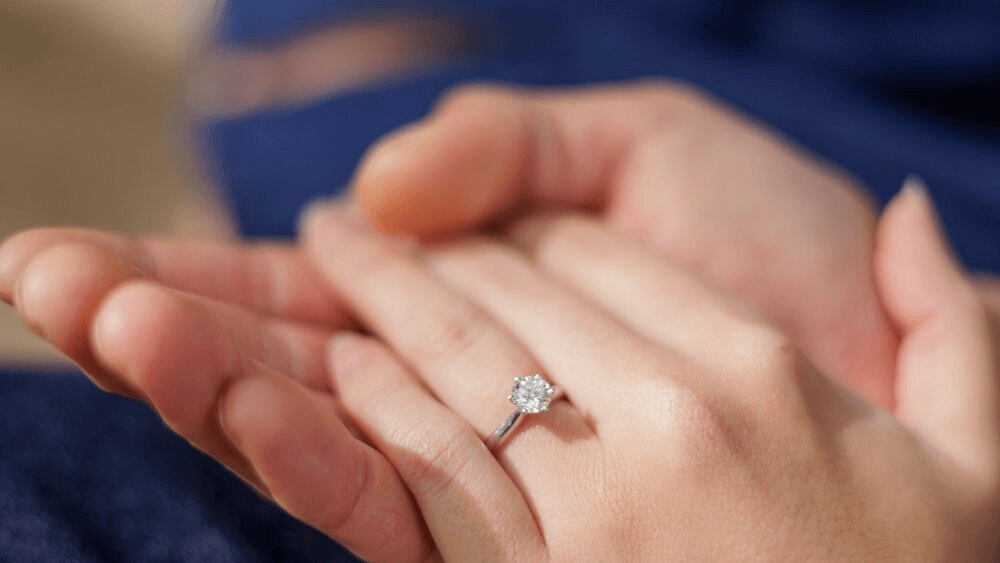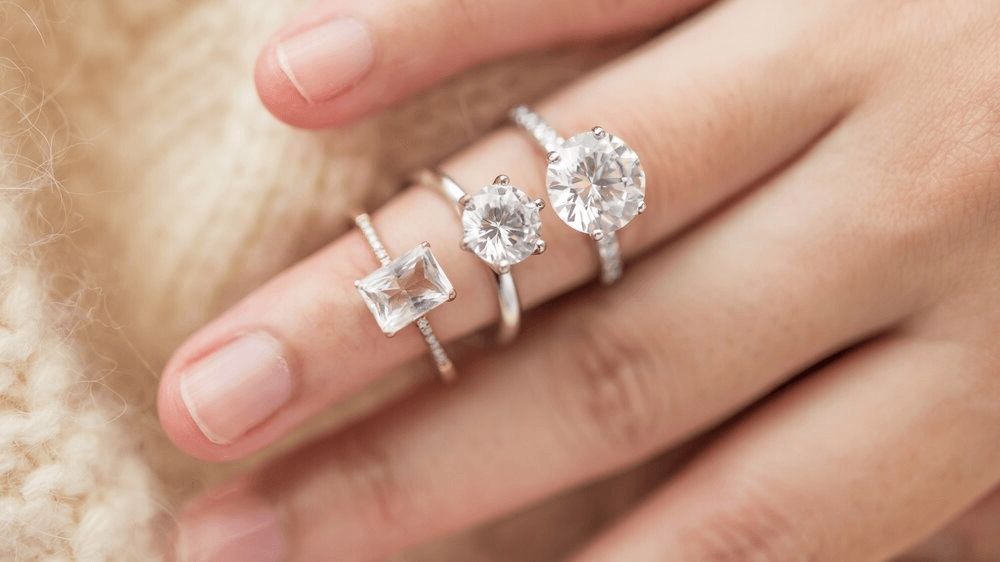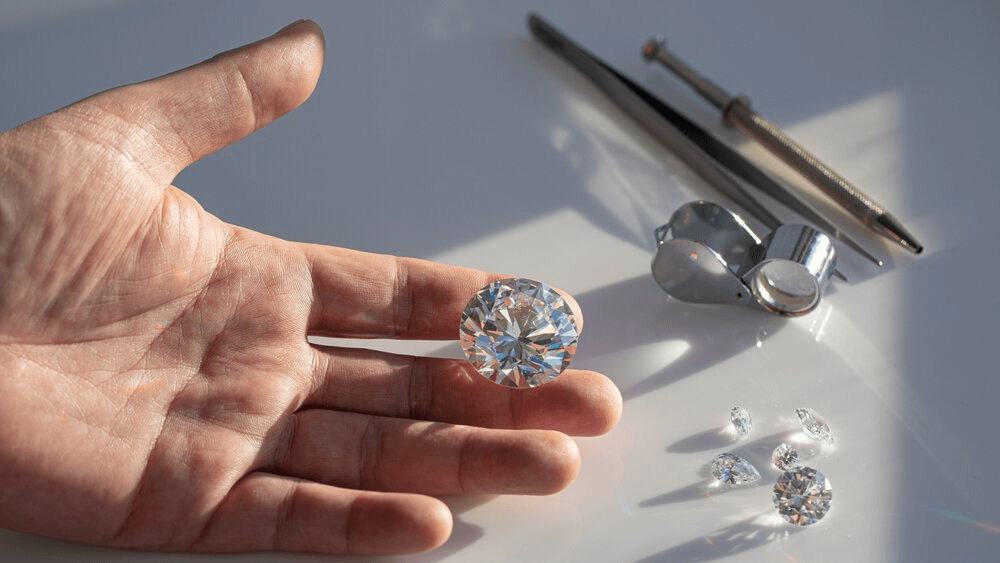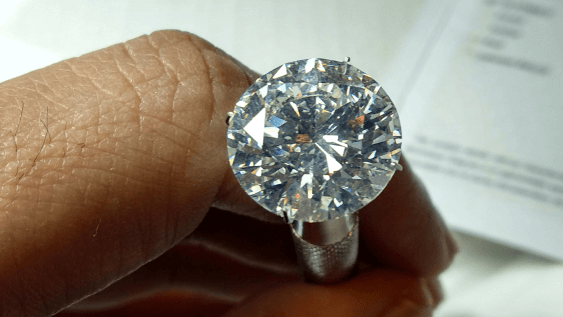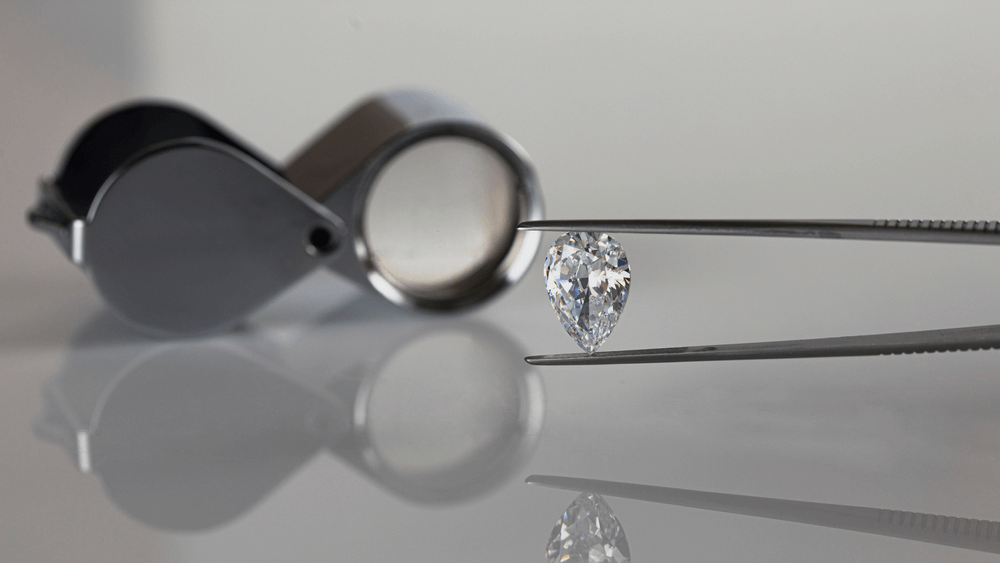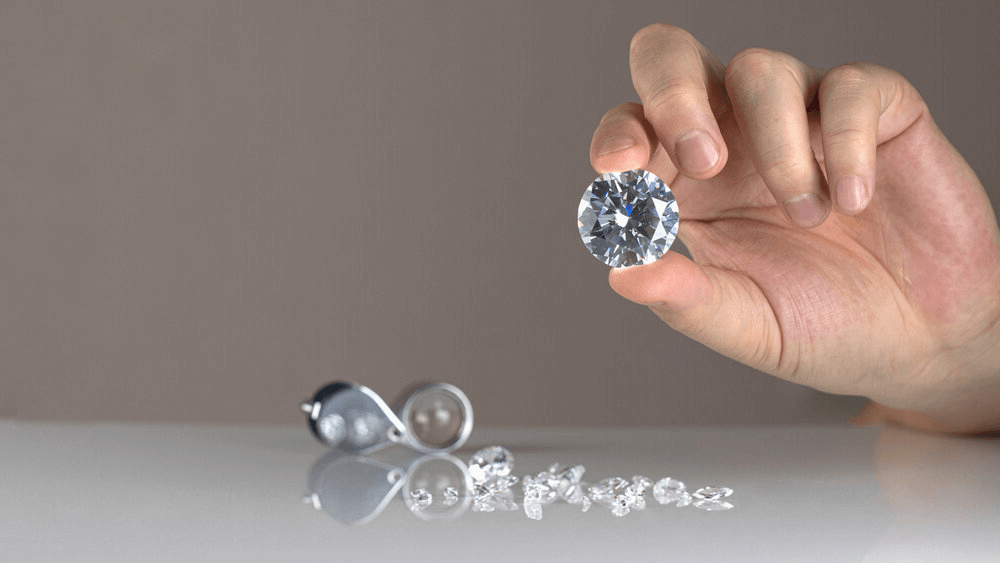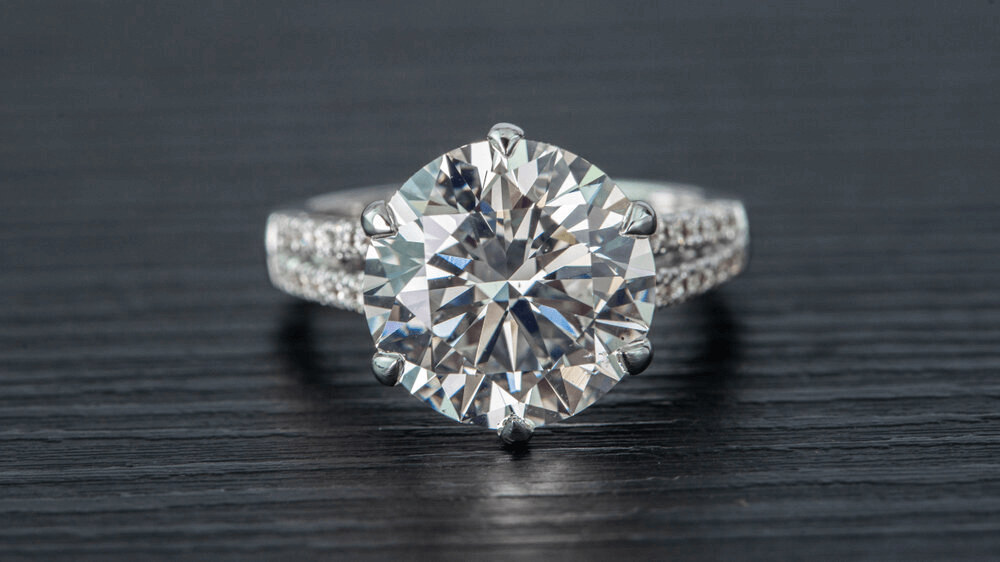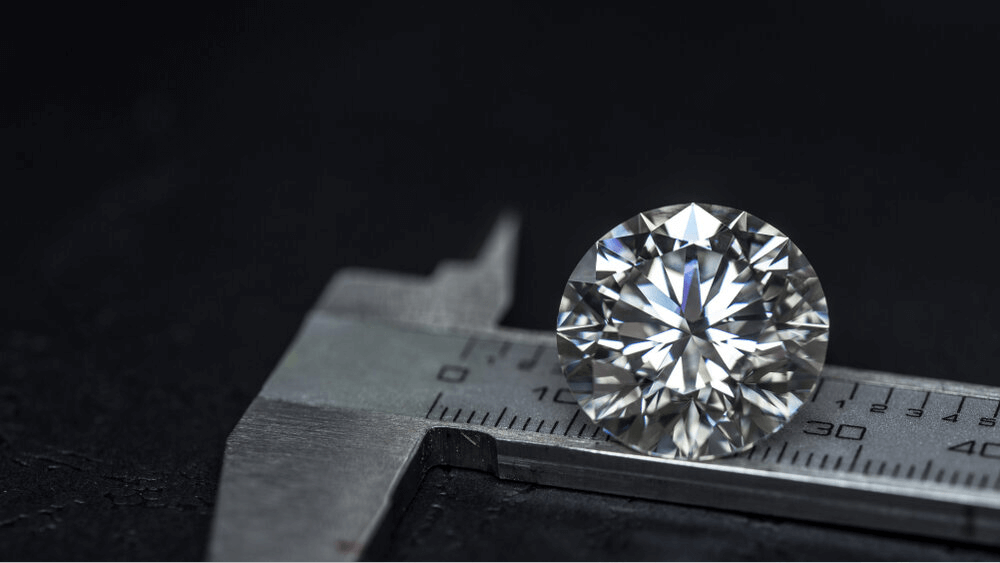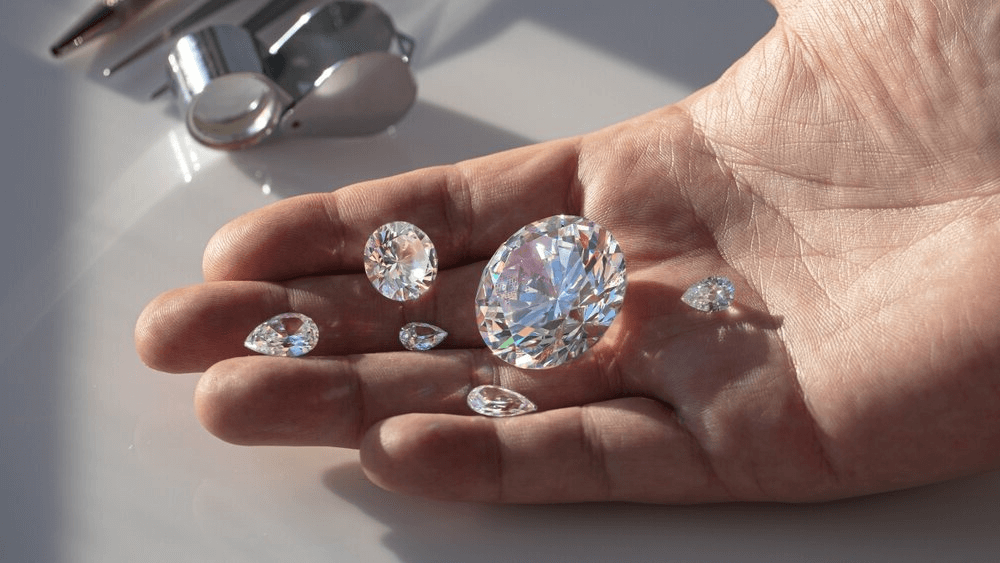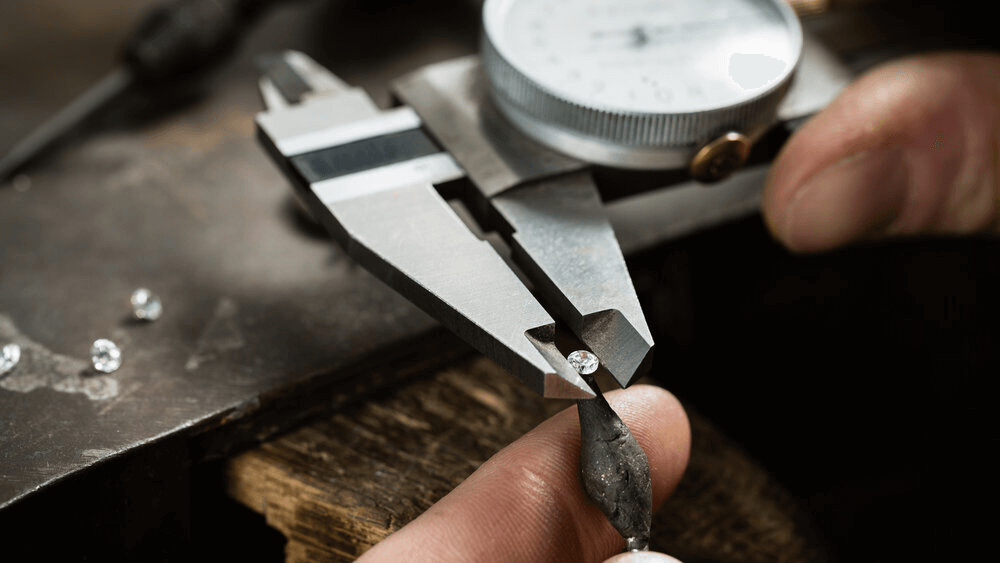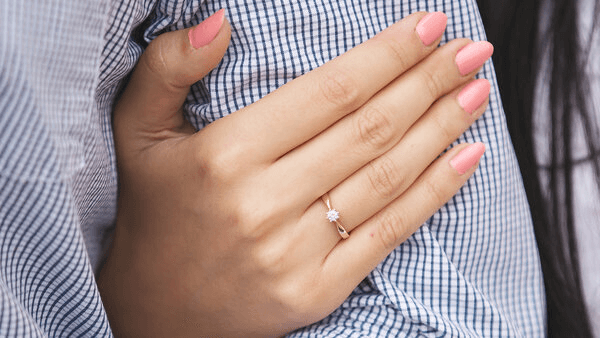15 Carat Diamonds: Why Celebrities Love Them!

By Gary A.

Edited by Olivia H.
Published Aug 8, 2024
Edited on Dec 18, 2024
A 15 carat diamond is more than just a statement piece—it’s a symbol of unmatched luxury and elegance. Dive into our complete guide to discover how to choose the perfect 15 carat diamond ring.

Navigate This Guide:
- 8 Quick Tips for Finding Your Dream 15 Carat Engagement Ring
- Introduction
- Decoding the 4Cs of Diamond Quality
- The Prestige of 14 to 18 Carat Diamond Rings
- Price Insights: Navigating the Market
- Selecting the Perfect Setting and Metal
- Our Expert Take
- 15 Frequently Asked Questions
Before we dive deeper into the specifics, here are some practical tips to help guide your decision-making process:
8 Quick Tips for Finding Your Dream 15 Carat Engagement Ring
- Tip 1: Certification and Grading:
- Always ensure that the diamond comes with a certification from a reputable lab, such as the Gemological Institute of America (GIA) or the American Gem Society (AGS). This certification will provide details about the diamond’s cut, color, clarity, and carat weight.
- Tip 2: Cut Quality:
- The cut of the diamond is arguably the most important factor affecting its sparkle and brilliance. Even if a diamond has perfect color and clarity, a poor cut can make it look dull. For the best sparkle, aim for diamonds graded “Excellent” or “Ideal” in cut.
- Tip 3: Color and Clarity:
- While it’s tempting to aim for the highest grades, remember that after a certain point, differences in color and clarity are not discernible to the naked eye. For instance, a G or H color diamond might appear as colorless as a D or E color diamond but at a fraction of the cost. Similarly, a VS1 or VS2 clarity diamond will typically look as clean as a Flawless diamond to the unaided eye.
- Tip 4: Price per Carat:
- Diamond prices jump significantly at whole carat weights. For example, a 14.9 carat diamond might cost significantly less than a 15 carat diamond, even though the size difference is minimal. If you’re flexible on carat weight, consider diamonds just under the whole or half-carat mark to potentially save money.
- Tip 5: Diamond Shape:
- The shape of the diamond can influence its price. Round diamonds, being the most popular, are often more expensive than other shapes. If you’re open to different shapes, you might find better value in an oval, cushion, or emerald cut.
- Tip 6: Setting and Metal:
- The ring’s setting and metal can influence the perceived color of the diamond. For instance, a diamond with slight yellow tones might appear more colorless in a yellow or rose gold setting compared to a white gold or platinum setting.
- Tip 7: Know the Vendor:
- Always buy from reputable dealers. Check reviews, ask for references, and ensure they have a solid return policy. Some renowned online vendors like James Allen and Blue Nile offer 360-degree views of their diamonds, allowing you to inspect them closely before purchase.
- Tip 8: Perceived Size and Diamond Shape:
- The shape of a diamond can significantly influence its perceived size. For instance, elongated shapes like oval, marquise, and pear often appear larger for their carat weight compared to round or square cuts. This means you can achieve a grander look and feel with these shapes without necessarily opting for a higher carat weight. It’s essential to consider the visual impact and finger coverage of the diamond shape you choose, especially when comparing diamonds of similar carat weights.
Now that you’ve got these practical tips, use Jeweler AI below to find the perfect engagement ring that suits your style and budget:
Introduction
15 carats is one diamond ring which clocked in at $4 million – there were plenty of people trying to find fault with it. It’s too big. It’s too lavish. It’s too much. But eventually, even her biggest critics had to concede that the diamond was beautiful. Because even the biggest, most luxurious diamond rings don’t have to be outlandish. With the right setting, the right cut, and the right care, a 15 carat diamond ring can be quietly, undeniably perfect. And if you’re in the market for a 15 carat diamond, specifically, then we’re here to get you there.
Decoding the 4Cs of Diamond Quality
Ordinarily, we let you know a little more about the diamond and the price before jumping into the 4Cs, but let’s be honest, you already know that the price is going to be big. That’s a given. What’s not a given is buying a diamond that justifies the price. The most important thing to do, in this case, is jump straight to the 4Cs – because they’re important. The bigger the diamond is, the more chance there is of noticing any flaws, so if you don’t know what you’re looking for, you need to get in the know.
Carat Weight: The Visual Impact of Size
The 4Cs are as follows: carat, clarity, color, and cut. In the case of the carat weight, a 15 carat diamond is extremely rare, making it a highly sought-after commodity. This is also what shoots up the price. In general terms, the higher the carat weight, the more expensive the diamond is going to get – however, the cut also plays a crucial role, which we’ll get into later. Click this link if you want a more detailed explanation of carat weight.
Clarity: Ensuring Your Diamond
When it comes to clarity, the Gemological Institute of America (GIA) grades the diamond on a scale from Flawless to Included. Sadly, because of its size, a 15 carat diamond is more likely to have visible inclusions, but that doesn’t mean it’s a given. If you’re looking in the range of VS1 to SI2, you will still be able to find gorgeous 15 carat diamonds that let the line shine through and sparkle beautifully. Click on this link here to learn more about the grading system and how it works.
Color: The Subtle Hue of Luxury
The color, too, might be more noticeable. Once again, this is graded by the GIA, with the scale ranging from D (colorless) to Z (light yellow or brown). Larger diamonds like the 15 carat can often display color differently to smaller diamonds, with the potential to be more pronounced, but the perception, in this case, can be influenced by clarity and cut. If you want to learn more, make sure to click this link.
Cut: The Heart of Brilliance
Now we get onto the cut – perhaps the most important ‘C’ for the 15 carat diamond. The cut determines how light will interact with the diamond, but a large diamond that has not been adequately cut could lose some of its deserved sparkle. When looking at a 15 carat diamond, you need to take into account how light reflects internally, and whether the reflection and refraction make it even more dazzling. Akin to this, a well-cut diamond will appear larger than its actual carat weight, so even though you’ve already gone for a bigger diamond, you can make its impact even more substantial! Once again, we have more information on the cut and its importance if you follow this link.
The Prestige of 14 to 18 Carat Diamond Rings
Before we go any further, we should talk about a common occurrence amongst diamond shoppers, especially when it comes to larger diamonds. Because the weight difference is relatively minimal, it’s easy to wonder whether you really need a 15 carat diamond, or drop down to 14 carats. Vice versa, you might wonder why you should stop at 15, and perhaps move to 16, 17, or even 18. There’s no right or wrong answer to whether you should move away from the 15 carat, but there are some distinct differences between each weight that you should know about.
14 Carat Diamond Rings: A Blend of Elegance and Statement
The first thing you should note is that this isn’t just about size. While the differences between the 15 carat and 14 carat might be minimal to the naked eye, the minimal size decrease also decreases the overall presence and visual impact of the stone. The sparkle will be less, the brilliance and the fire slightly less pronounced – although a lot of this will depend on cut, color, and clarity. That being said, the price should indeed be lower, or you might be able to pay the same kind of price you were going to with the 15 carat, only with far better grades.
16 to 18 Carat Diamond Rings: Defining Opulence
On the other side of the coin, going larger might not exactly mean you’re buying better. For a 16-18 carat diamond, you might be paying predominantly for its largeness and opulence, while sacrificing a portion of your budget for the other 3Cs. We don’t think it’s a bad idea to investigate, of course – the more opulent, the better! – but it’s important to take everything into account when making your decision.
Price Insights: Navigating the Market
When it comes to the price of a 15 carat diamond, the 4Cs are going to play a big role. For instance, if you were to buy a diamond with D color, Flawless clarity, and an Excellent cut, on average, you’d be expected to fork out between $1.5 million and $3 million. This is why it’s important to examine each grading and balance out what you want and what you feel you can sacrifice.
Understanding Price Variations
As we mentioned before, no diamond has to be Flawless. No diamond has to have a D color. When you start reaching that grade, the inclusions and blemishes – or lack thereof – become so minimal that you can’t notice them without a microscope. And we’re pretty sure your SO won’t be whipping one out when you propose! So when you’re trying to understand price variations, look at what you can notice with the naked eye, and make sure to get as much advice as possible.
Selecting the Perfect Setting and Metal
Another aspect of ring shopping that will shape the price is the setting you go for. This is a part of the process that plenty of people gloss over, but it’s so important to get right, especially if you’ve gone with a 15 carat diamond that you want to show off.
Metal Choices for Your Diamond Ring
Let’s start with your choice of metal. At the end of the day, this will come down to your personal preference, style, and lifestyle. For the most part, however, platinum is a solid choice for a 15 carat, especially if you want something durable. While it’s the most expensive metal option for diamond settings, it is a premium choice, and it’s perfect if you want to invest in quality and longevity. White gold, yellow gold, and rose gold are less expensive options and, coupled with a great setting, they can provide beautiful houses for your diamond. But they might require greater care if you want to prolong their durability.
Setting Styles That Enhance Your Diamond
There are so many settings to choose from, each one of which offers something a little different. Some of the more intricate settings include the halo or pave settings, which can perfectly accent stones and add a touch more glamour. Simpler settings like the solitaire or three-stone setting, however, are often more popular. When it comes to a stone like this, you don’t need to worry much about how intricate or complex the setting is – the diamond is the main showpiece, so the simpler the better. But as we mentioned previously, it all comes down to your personal preference.
Our Expert Take
There’s no denying that the 15 carat diamond could be the perfect option if you’re looking for something extra special. It’s glamorous, dazzling, and quite simply, it’s beautiful. To part with that much money, however, you need to make sure it’s going to the right place and the right stone. If you need more inspiration, try to research more about the 4Cs and price variations you can expect to come across. Look at 15 carat diamonds being worn, and work out how the setting complements – or doesn’t complement – the stone itself. You don’t need us to tell you, as we’re sure you know already, but this decision is an important one. So do everything you can to make it perfect!
15 Frequently Asked Questions
- Q: What is the average price of a 15 carat diamond ring?
- A: The price can vary widely based on quality, ranging from $500,000 to over $2 million for high-quality stones.
- Q: How big is a 15 carat diamond?
- A: A 15 carat diamond typically measures approximately 17mm x 13mm for an oval shape, but size can vary with different cuts.
- Q: Is a 14 carat diamond ring considered large?
- A: Yes, a 14 carat diamond is considered significantly large and luxurious compared to the average engagement ring size.
- Q: How much does a 16 carat diamond cost?
- A: Prices can start around $600,000 and go up significantly, depending on the diamond’s cut, color, and clarity.
- Q: Can I wear my diamond ring every day?
- A: Yes, diamonds are durable enough for daily wear, but it’s important to take care of them and clean them regularly.
- Q: What’s the difference between carat and karat?
- A: “Carat” refers to the weight of a diamond, while “karat” measures the purity of gold.
- Q: How does the shape of a diamond affect its appearance?
- A: The shape can influence the diamond’s perceived size and brilliance. Elongated shapes like oval or marquise can appear larger.
- Q: What is the most important C in choosing a diamond?
- A: Cut is often considered the most important because it directly influences the diamond’s sparkle and overall appearance.
- Q: How do I know if a diamond is ethically sourced?
- A: Look for diamonds certified by reputable organizations and vendors who adhere to strict ethical sourcing standards.
- Q: Why is GIA certification important for diamonds?
- A: GIA (Gemological Institute of America) certification ensures that a diamond has been independently assessed for its quality characteristics.
- Q: Do diamond prices increase with carat size linearly?
- A: No, diamond prices increase exponentially with carat size due to the rarity of larger diamonds.
- Q: What metal setting is best for a large diamond ring?
- A: Platinum is often recommended for its strength and durability, especially for securing large diamonds.
- Q: How can I maximize the value when buying a large carat diamond ring?
- A: Focus on cut quality and consider color and clarity grades that offer the best appearance for the price.
- Q: Are there any celebrities known for their large diamond engagement rings?
- A: Yes, celebrities like Beyoncé and Kim Kardashian are known for their stunning, large diamond rings.
- Q: How should I care for my large carat diamond ring?
- A: Regular cleaning, annual check-ups with a jeweler, and avoiding exposure to harsh chemicals will keep your ring in top condition.
Discover your dream ring with Jeweler AI – where luxury meets precision.
Here are more specific diamond prices topics to browse:
- Melee Diamonds: The Perfect Accents to Enhance the Center Stone
- Small Diamond Engagement Rings: Big Sparkle Comes In Little Packages
- 0.25 Carat Diamond: Tiny Treasure or Just Too Small?
- The True Value of a 0.5 Carat Diamond Ring Revealed
- 0.7, 0.8, 0.9 Carat Diamond Showdown: Which One Wins?
- Price Alert: Don’t Overpay for a 1 Carat Diamond Ring!
- What You Should Pay for a 1.5 Carat Diamond Ring?
- Price Alert: How Much Should You Pay for a 2 Carat Diamond Ring?
- How Much Does a 2.5 Carat Diamond Really Cost?
- The Real Cost of a 3 Carat Diamond Ring
- Industry Secret: How Much Does a 4-Carat Diamond Ring Actually Cost?
- How Much is Too Much? The True Cost of 5 Carat Diamond Ring!
- 6 Carat Diamond Rings: Pricing Breakdown & Value Tips
- 7 Carat Diamond Rings: Affordable Luxury Prices Revealed
- 8 Carat Diamond Rings: Price Comparison & Savings Tips
- 9 Carat Diamond Rings: Detailed Pricing Guide & Best Deals
- 10-13 Carat Diamonds: The Ultimate Symbol of Luxury!
- Unveiling the Majesty: The Secrets Behind the 20 Carat Diamond Ring!
- Decoding the Grandeur: The Journey to Choosing a 25 Carat Diamond Ring
- Average Carat Size for Rings: What’s the Ideal?
- Understanding What Is CTTW Diamond In Engagement Ring
- The Truth About Why Diamonds Are So Expensive and Incredibly Valuable
FOLLOW-UP GUIDE SERIES

